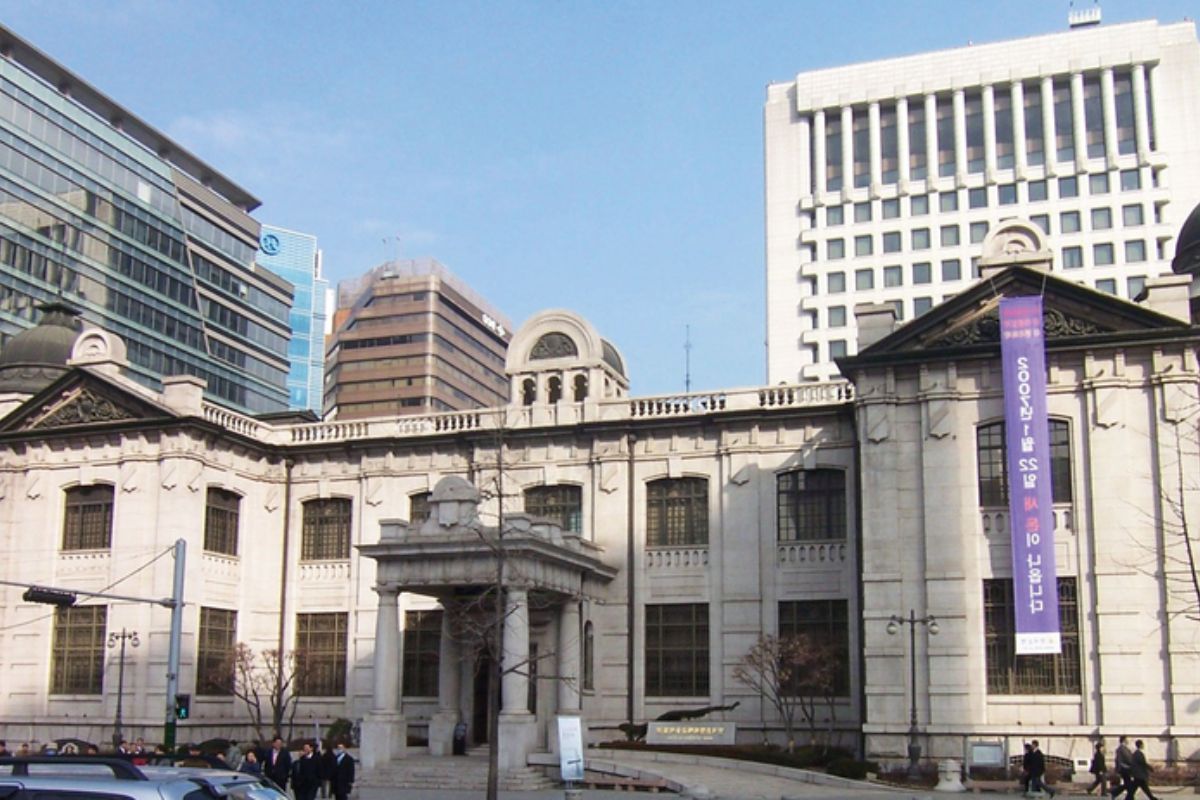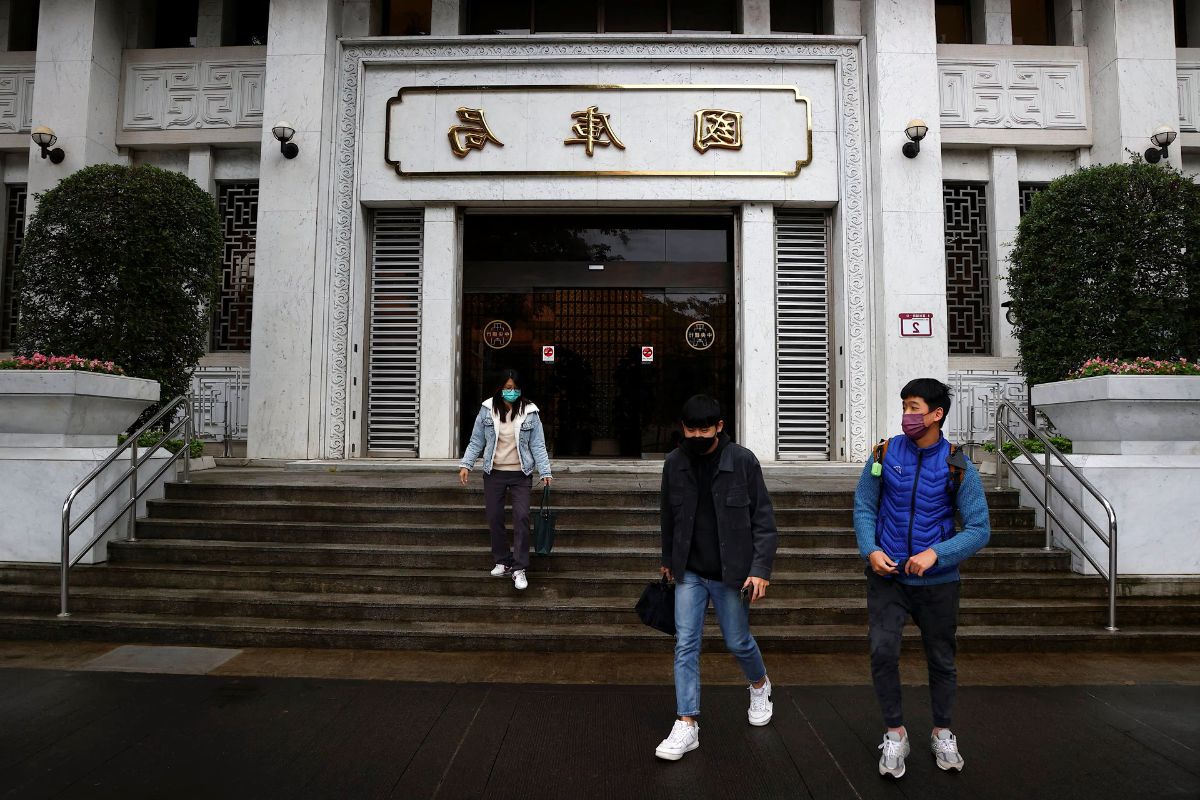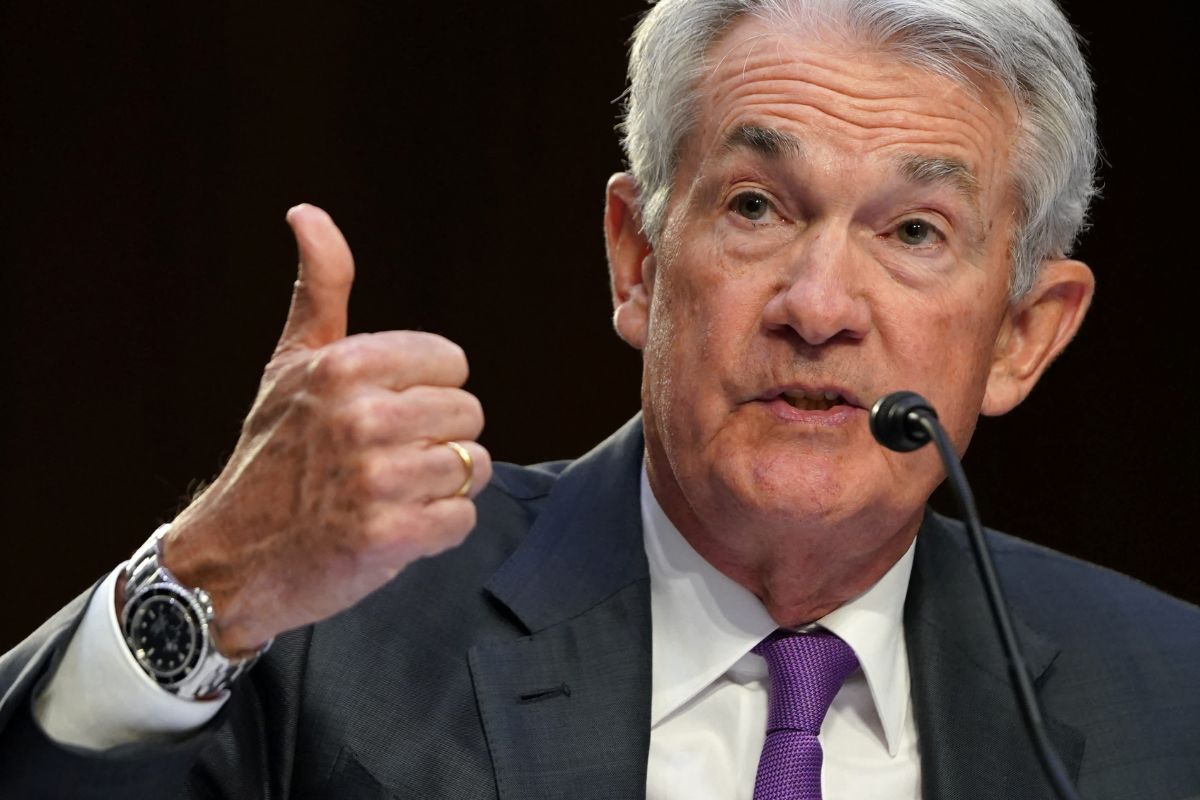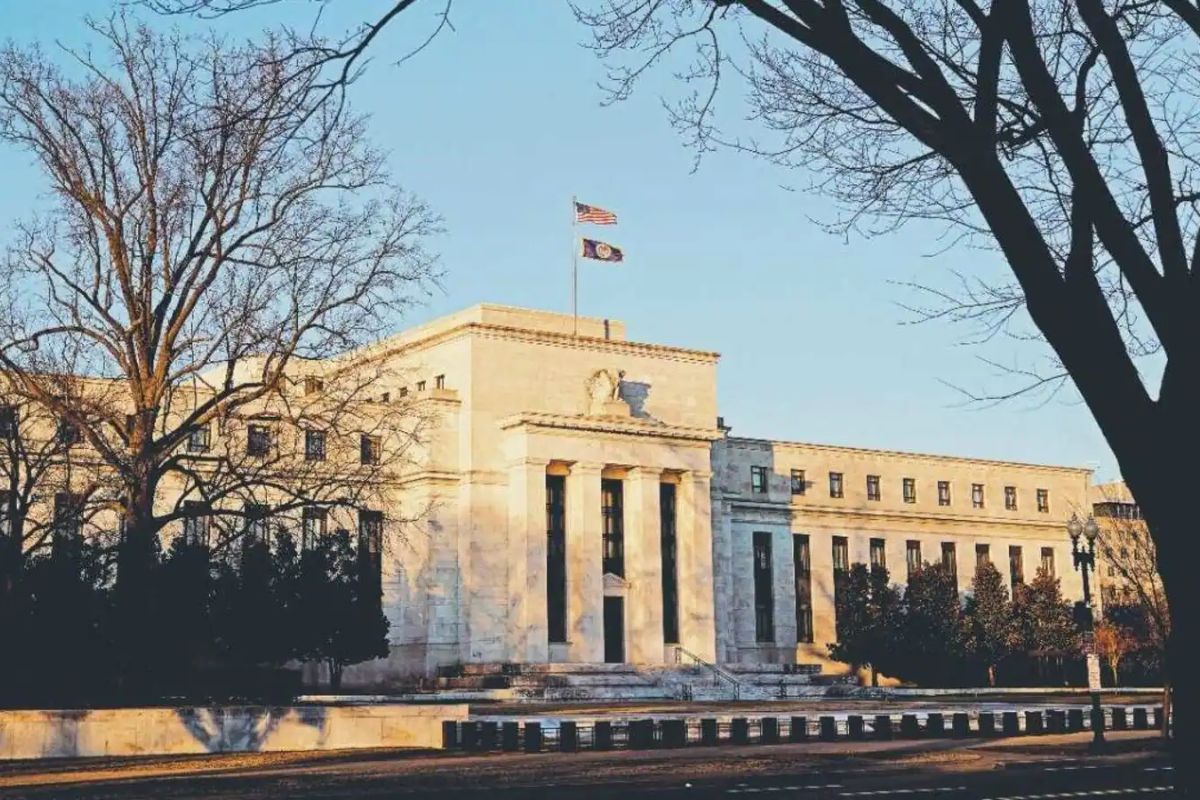Monetary Policy Watch: As inflation concerns continue to loom over Taiwan’s economy, the Central Bank has sent a clear signal that it is prepared to take further tightening measures. With the policy rate standing at 1.875% and a decline in the Consumer Price Index (CPI) anticipated, the Central Bank is not resting on its laurels. Instead, it is advocating for more assertive actions to combat the persistent inflationary pressures.
As we approach the March meeting, the monetary policy landscape in Taiwan is poised for a forward-looking approach that aims to address these concerns head-on. The question now is, what will be the extent and timing of these policy actions? The answer lies within the Central Bank’s contingency plans and its assessment of the ever-evolving inflationary landscape.
Key Takeaways
- Taiwan’s central bank is expressing ongoing concerns over heightened inflation levels.
- The central bank anticipates a decline in the Consumer Price Index (CPI) and maintains confidence in economic stability.
- Contingency plans are being considered to address persistent inflationary pressures, including potential measures such as increasing the policy rate and tightening credit conditions.
- The central bank is taking a proactive stance, ready to implement stronger measures if needed, and focusing on timely policy actions to address inflation.
Central Bank Apprehensions: Ongoing Concerns Over Heightened Inflation
The central bank in Taiwan has expressed ongoing concerns over the heightened inflation levels, signaling a cautious approach to address economic challenges associated with increasing prices. This apprehension is rooted in the potential negative impact of inflation on the overall economy.
Also Read: BOJ Tightrope Act: Navigating Uncertainty with Caution on Monetary Policy Shifts
Rising inflation erodes the purchasing power of consumers and reduces their disposable income, which can lead to a decrease in consumer spending. Additionally, businesses may face higher input costs, making it more difficult for them to maintain profitability.
The central bank’s concerns are further amplified by the possibility of inflation expectations becoming entrenched, which could lead to a self-reinforcing cycle of rising prices. To mitigate these risks, the central bank may consider implementing tighter monetary policy measures, such as raising interest rates or reducing liquidity in the financial system.
Such actions aim to curb inflationary pressures and maintain price stability in the economy.
Policy Rate Status: Central Bank Maintains 1.875%, Anticipates Decline in CPI
Taiwan’s central bank is maintaining its policy rate at 1.875% while anticipating a decline in the Consumer Price Index (CPI). This decision reflects the central bank’s cautious approach in response to the current economic climate. Here are five key points to consider:
- The central bank’s decision to keep the policy rate steady indicates its confidence in the country’s economic stability.
- Anticipating a decline in the CPI suggests that inflationary pressures may ease in the near future.
- The central bank’s projection of the CPI falling below 2% in 2024 reflects its commitment to maintaining price stability.
- The board’s reluctance to automatically align with potential interest rate cuts by the U.S. Federal Reserve highlights Taiwan’s independent monetary policy.
- The central bank’s decision to maintain the policy rate at its current level indicates a desire to carefully balance economic growth and inflation concerns.
Contingency Plans: Advocacy for More Assertive Tightening Measures
Advocating for a more assertive approach, the central bank is considering contingency plans to implement stronger tightening measures in response to persistent inflationary pressures. The minutes disclose a board member’s acknowledgment of the bank’s projection but also advocate more assertive tightening measures if inflation fails to decrease below 2% in 2024. This highlights a proactive stance, emphasizing the board’s readiness to implement stronger measures if needed to address inflationary pressures.
To better understand the potential contingency plans, let’s explore a table that outlines possible measures the central bank may consider:
| Contingency Plans | Description | Potential Impact |
|---|---|---|
| Increase policy rate | Raising the benchmark interest rate to curb inflationary pressures | Higher borrowing costs, reduced consumer spending, decreased inflation rate |
| Tightening credit conditions | Imposing stricter lending criteria and higher reserve requirements | Reduced credit availability, slower economic growth, lower inflation |
| Intervention in foreign exchange market | Buying or selling currency to influence exchange rates | Stabilizing currency value, controlling imported inflation, impacting export competitiveness |
Timely Policy Actions: Addressing Concerns About Persistent Inflation
Addressing concerns about persistent inflation, the central bank is taking decisive measures to ensure timely policy actions. The focus on managing potential risks associated with inflationary pressures underscores the central bank’s commitment to maintaining economic stability.
Here are five key steps the central bank is taking to address concerns about persistent inflation:
- Implementing tighter monetary policy measures to curb inflationary pressures.
- Continuously monitoring inflation indicators to identify potential risks and take preemptive actions.
- Enhancing communication and transparency to keep the public informed about inflation developments and policy actions.
- Collaborating with relevant stakeholders, such as the government and other central banks, to coordinate efforts in tackling inflationary challenges.
- Conducting rigorous research and analysis to understand the underlying causes of inflation and develop effective policy responses.
Forward-looking Approach: Monetary Policy Landscape Leading to March Meeting
Taking a forward-looking stance, the central bank’s approach to the monetary policy landscape leading up to the March meeting emphasizes the need for flexibility and adaptability in addressing the challenges posed by inflation.
As revealed in the minutes, the central bank recognizes the pivotal role that the stance on inflation and potential tightening measures will play in shaping Taiwan’s monetary policy.
This forward-looking approach signals a dynamic response to economic conditions, highlighting the importance of staying nimble and responsive in the face of inflationary pressures.
By prioritizing flexibility, the central bank aims to ensure that its policy actions remain timely and effective in curbing inflation and maintaining price stability.
This proactive approach demonstrates a commitment to navigating the challenges posed by rising inflation and underscores the central bank’s dedication to sound monetary policy.
Conclusion Of Monetary Policy Watch
The Taiwan central bank’s signals for more tightening reflect the ongoing concerns over heightened inflation.
With the maintenance of the policy rate at 1.875% and anticipation of a decline in the Consumer Price Index (CPI), the central bank is prepared to implement more assertive tightening measures if necessary.
Timely policy actions are being taken to address the persistent inflation concerns, and a forward-looking approach is being adopted leading up to the March meeting on monetary policy.
Our Reader’s Queries
Q1 Does tightening monetary policy increase inflation?
A Higher inflation prompts a tightening of monetary policy, involving the elevation of interest rates within the economy. While this measure aims to steer inflation back towards the target, it is anticipated to concurrently dampen economic growth and exert upward pressure on unemployment, assuming other factors remain constant.
Q2 How does the central bank use monetary policy to control inflation?
A Sustaining anticipated inflation at the inflation target aligns the growth of money and inflation with the specified target. By keeping the real interest rate equivalent to the natural rate, the central bank averts monetary emissions that could lead to undesired fluctuations in prices.
Q3 Why central banks tighten monetary policy?
A Central banks, like the Federal Reserve, implement tight monetary policy as a measure to curb excessive economic expansion. This approach is adopted when an economy experiences rapid acceleration or when inflation, representing overall price increases, is escalating too swiftly.




